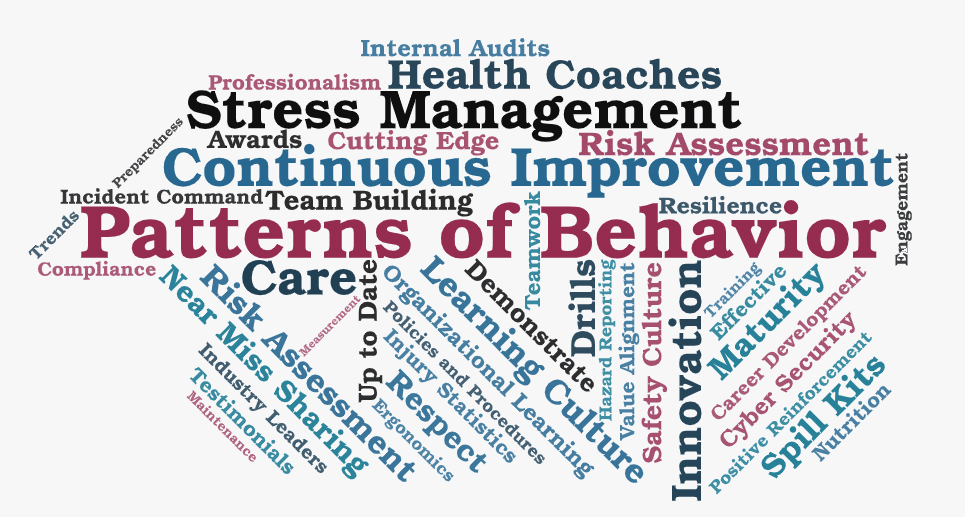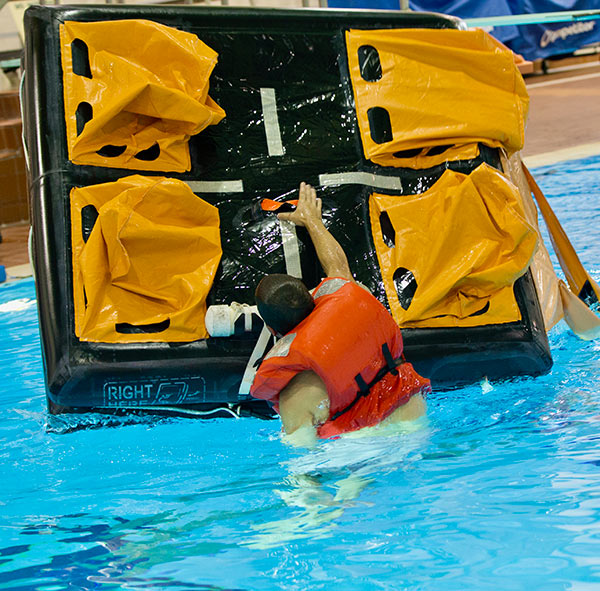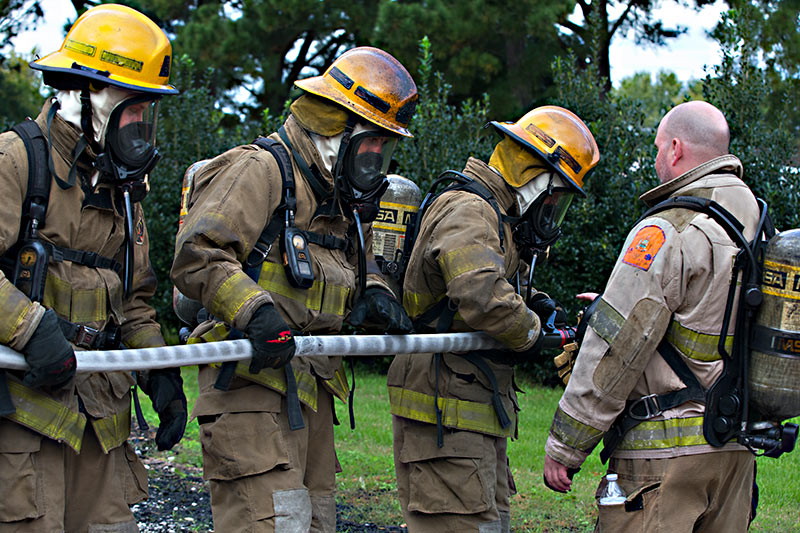
The stakes couldn’t be higher. Our people. Our environment. Our customers. These are the heart of our business. These are our real assets. And so, we have every reason to want to operate safely and every intention of preventing any harm. Of course, in the real world, that’s easier said than done.
A Living Safety Culture
 That’s why Moran has invested so heavily in building a company-wide safety culture over the past decade. The behavior-based approach that we adopted in 2010 puts safety at the forefront of everything we do and makes it the responsibility of all who work here. Instilling a focus on safety across all corners of our company means we share the same values – from those who work on keyboards to those who manage the ropes. It’s our common language and our common goal that transcends any job description or pay grade.
That’s why Moran has invested so heavily in building a company-wide safety culture over the past decade. The behavior-based approach that we adopted in 2010 puts safety at the forefront of everything we do and makes it the responsibility of all who work here. Instilling a focus on safety across all corners of our company means we share the same values – from those who work on keyboards to those who manage the ropes. It’s our common language and our common goal that transcends any job description or pay grade.
Creating New Habits
 We know that keeping bad habits is much more costly than creating good habits. So, while we record and analyze our safety metrics, our fundamental objective is to create patterns and systems that ingrain safe behaviors. A continuous, ever evolving process, it goes something like this:
We know that keeping bad habits is much more costly than creating good habits. So, while we record and analyze our safety metrics, our fundamental objective is to create patterns and systems that ingrain safe behaviors. A continuous, ever evolving process, it goes something like this:
Our Safety Process
Pinpoint
Frontline teams:
- Choose 3-5 critical safe behaviors
- Identify and eliminate barriers to desired safe behaviors
- Create scorecards
- Announce pinpoint behaviors companywide
Measure
- Judgement free peer observation
- Calculate safety performance for pinpoint behavior
- Identify and record barriers observed
- Submit scorecards
Feedback
- Immediate and specific feedback
- Focus on the positive
- Correct at risk behavior to improve habits
- Provide graphic feedback quantifying performance
Reinforce
- Positive reinforcements for results
- Feedback is tangible and social
- Individual and work group reinforcement
- Celebration of milestone performance
Evaluate
- Regular team meetings to discuss progress
- Revise strategies to address barriers
- Confirm safe behavior becomes a habit
- Confirm safe behavior occurs when unsupervised
- Evaluate if safe habit is reducing accidents
- Recommend new behaviors to point
